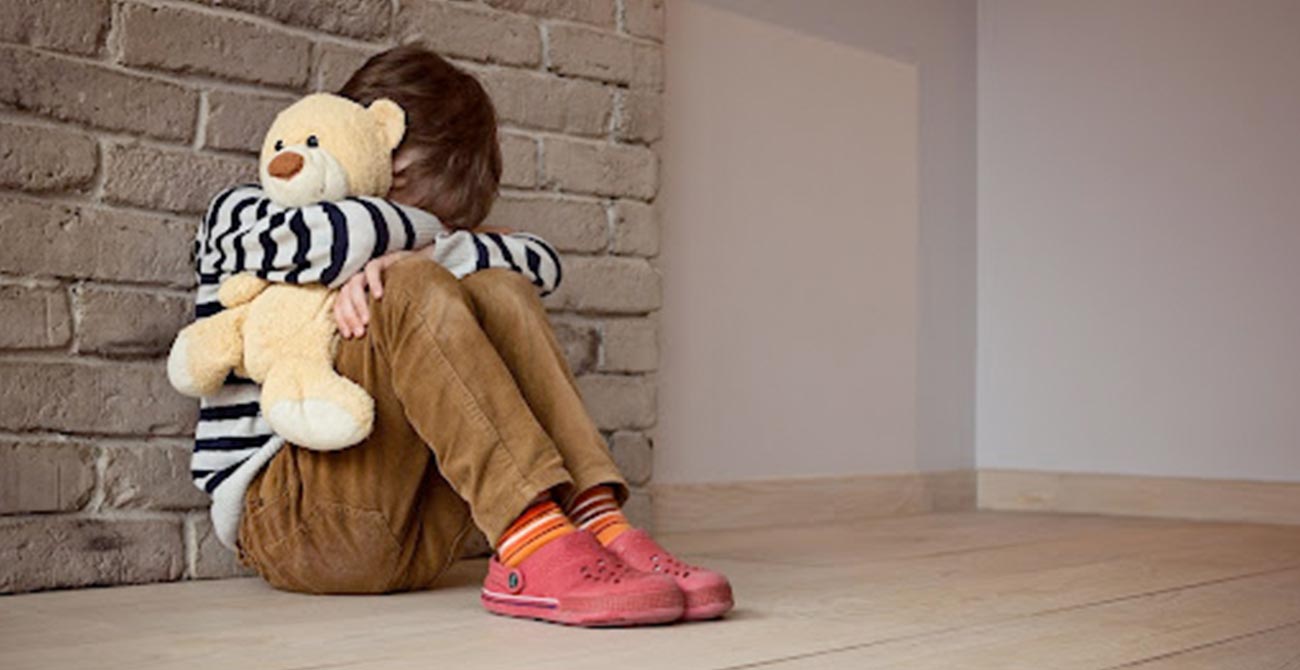
كيفية إدارة الانهيارات العصبية لدى طفلك في الأماكن العامة
كيفية إدارة الانهيارات العصبية لدى طفلك في الأماكن العامة
مع المشرفة الإكلينيكية، غريس مكاري، BCBA
الأزمة السلوكية صعبة في أي مكان. وقد يكون من الصعب التعامل معها بشكل خاص في الأماكن العامة. في حين أن هناك العديد من وجهات النظر المختلفة، فيما يلي بعض الاستراتيجيات المختلفة حول كيفية التعامل مع الانهيار السلوكي على أفضل وجه.
من الواضح أن أفضل استراتيجية هي الوقاية. فمن المرجح أن يكون سلوك الطفل جيدًا إذا كان يفهم بوضوح ما هو متوقع منه.
التحضير للنزهات العامة
بالنسبة للأطفال المصابين بالتوحد، يمكن أن تكون القصص الاجتماعية والإشارات البصرية مفيدة بشكل خاص في نقل توقعاتك. يمكنك تكييف قصتك الاجتماعية مع أنواع المواقف العامة التي تواجهها أنت وطفلك في كثير من الأحيان. على سبيل المثال، قد تكون مشكلة حسية يواجهها طفلك، مثل قصة طفل يذهب إلى متجر البقالة مع والدته ولا يحب كل الضوضاء. يشعر برغبة في الصراخ، لكنه بدلاً من ذلك يطلب المساعدة من والدته. تعانقه بقوة لمساعدته على الهدوء، وتخبره أنهم سينتهون في غضون 5 دقائق وتقدم له زوجاً من واقيات الأذنين.
يمكنك أيضًا استخدام الدعم البصري لسرد القصة ونقل توقعاتك. على سبيل المثال، يمكنك الحصول على بطاقة يسلمها لك طفلك عندما يشعر بالإرهاق ويحتاج إلى استراحة. يمكن أن يكون لديك مجموعة من الصور التي توضح كل خطوة من خطوات النزهة لمساعدة طفلك على فهم ما يمكن توقعه. يمكنك استخدام صور "أولًا ثم" - على سبيل المثال، صورة لطفلك وهو جالس بهدوء في المطعم، تليها صورة للمكافأة التي وعدت بها مقابل السلوك الجيد. هنا بعض النصائح حول كيفية إنشاء جدول زمني مرئي لطفلك.
تمرن. قومي بتمثيل دور الذهاب إلى متجر أو مكتبة أو مطعم أو أي مكان تخططين لاصطحاب طفلك إليه. اجعليه يتدرب على السلوك الجيد أثناء لعب الأدوار. تدرب على المشاكل المحتملة أيضًا. يمكن أن تساعد مثل هذه التدريبات طفلك على تحمل الانتظار في طابور طويل أو اكتشاف نفاد الحلوى المفضلة لديه من المتجر.
ابدأ ببداية صغيرة. من الأفضل أن تبدأ بنزهة صغيرة عندما تذهب في نزهة جديدة أو تعود إلى نزهة بعد انقطاع طويل. لذا في أول رحلة لطفلك إلى المطعم، تناولي مقبلات أو حلوى أو مشروبًا فقط ثم غادري. في أول رحلة عودة إلى متجر البقالة منذ فترة طويلة، اشترِ صنفًا واحدًا ثم توجه إلى المنزل. قومي بزيادة الوقت الذي يقضيه طفلكِ في الأماكن العامة تدريجيًا كلما كان سلوكه يوحي بأنه مستعد لذلك. تذكري أن النجاح يشجع على النجاح.
أشرك طفلك. ادعُ طفلك للمشاركة بفاعلية في النشاط العام. على سبيل المثال، اطلب منه المساعدة في وضع البقالة في عربة التسوق. اسمح له باختيار كتاب من المكتبة.
جهّز وسائل الإلهاء. بالنسبة لأي طفل، يمكن أن تساعد لعبة صغيرة أو لعبة صغيرة في جعل الانتظار الذي لا مفر منه أكثر احتمالاً.
علّم طفلك استراتيجيات التأقلم. من الجيد أن يكون لديك عدة خيارات لتهدئة طفلك. أنت تعرف ما هو الأفضل. تتمثل إحدى الاستراتيجيات في حثه على أخذ نفس عميق. ومن الاستراتيجيات الأخرى أن تجعليه يغمض عينيه ويعد حتى 10 أو يفكر في مكانه المفضل. يمكن أن تشمل الاستراتيجيات الأخرى وجود حيوان محشو مفضل في متناول اليد أو أغنية مفضلة لغنائها بهدوء. من المهم التدرب على تقنيات التأقلم هذه عندما يكونون هادئين حتى يشعروا بالراحة في تجربتها عند التوتر.
كافئ السلوك الجيد. بالإضافة إلى التوقعات الواضحة، قدمي مكافأة واضحة للسلوك الجيد. على سبيل المثال، دع طفلك يعرف أنه إذا كانت يداه هادئتين وصوته هادئًا في متجر البقالة، فسيحصل على 15 دقيقة من النشاط المفضل لديه عندما يعود إلى المنزل. يمكن أن يساعد التوقع الإيجابي في تحفيزه.
التعامل مع الأزمة العامة
يمكن أن يساعد التخطيط في الحد من الانهيارات العامة. لكنه على الأرجح لن يمنعها كلها. إليك نصيحتي حول كيفية التعامل مع الأزمات السلوكية في الأماكن العامة:
حافظي على هدوئك. خذي نفساً عميقاً وخذي دقيقة لتقييم الموقف.
توقف وساعد طفلك. إذا كان ذلك ممكنًا، توقف عما كنت تفعله وركز على مساعدة طفلك على الهدوء. استخدمي تقنيات التأقلم الخاصة به و/أو جربي إلهاءه.
أخبر المارة بما تريد منهم أن يفعلوه. إذا لزم الأمر، قل شيئاً مثل: "ابني مصاب بالتوحد. رجاءً تراجعوا للخلف. المساحة تساعده على الهدوء." يحمل بعض الآباء بطاقات عمل تشرح التوحد وسلوك طفلهم. يمكنك ببساطة تسليم البطاقة لأحد المارة للإشارة إلى حاجتك. يرغب معظم الناس في المساعدة بمجرد أن يفهموا ما يحدث. لذا لا تخف من أن تطلب من شخص ما إحضار مدير المتجر للمساعدة أو تطلب من المارة المساعدة في إبعاد الأشياء الخطرة عن الطريق. في الحالات القصوى، قد تحتاج إلى أن تطلب من شخص ما الاتصال بالرقم 999. لا أحد يحب هذا الخيار. ولكن تذكر أن أولويتك الأولى هي ضمان سلامة طفلك ومن حوله. يمكنك الاطلاع على نصائحنا حول الانهيارات في الأماكن العامة هنا.
إذا استمرت المشكلة السلوكية العامة في الظهور، فإننا نحثك على استشارة معالج سلوكي يمكنه وضع خطة لتحسين سلوك طفلك. يمكنك التواصل معنا على 39006065 أو مراسلتنا عبر البريد الإلكتروني على [email protected] للحصول على استشارة مجانية.


